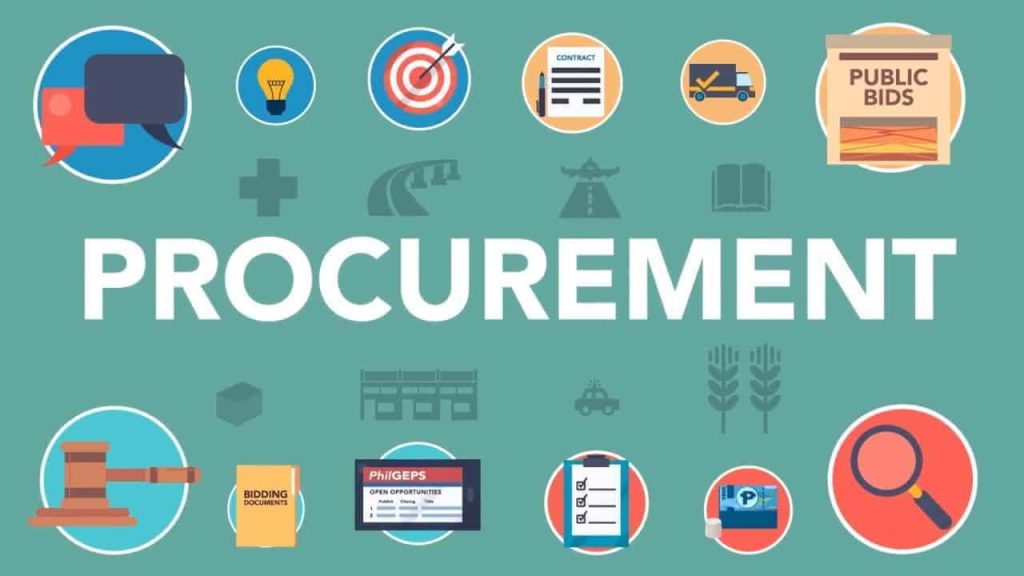
Oil and Gas – Contract Management
Oil and Gas – Contract Management In the intricate landscape of the oil and gas industry, effective contract management is paramount. The sector is characterised by high-value transactions, multifaceted joint ventures, and rigorous regulatory environments. Consequently, managing contracts involves not just legal oversight, but also strategic foresight to mitigate risks and optimise project outcomes. This blog explores the nuances of contract management within the oil and gas industry, examining live examples and case studies, while highlighting future trends, key benefits, challenges, and essential components for success. The Complex Contractual Landscape The oil and gas industry relies on a diverse array of contractual agreements, including drilling contracts, production sharing agreements, joint operating agreements (JOAs), and various service contracts. Each of these contracts involves unique terms that must be carefully negotiated and managed throughout their lifecycle. Case Study: Joint Operating Agreement in Action Consider a recent case involving a joint venture between two major oil companies in the North Sea. The companies entered into a Joint Operating Agreement (JOA) to share resources and technical expertise for a new exploration project. Challenge: The JOA outlined intricate cost-sharing mechanisms, responsibilities for management, and decision-making processes. With fluctuating oil prices and unexpected geological challenges, navigating this agreement required precise contract management to ensure both parties fulfilled their obligations while adapting to changing conditions. Solution: A dedicated contract management team employed a proactive approach. They established a robust communication framework between the two companies, facilitated regular performance reviews, and created contingency plans for operational disruptions. By using intelligent contract lifecycle management (CLM) software, the team was able to maintain visibility over contract terms, monitor compliance, and swiftly address any emerging issues. Impact: This approach resulted in a streamlined operation, reduced costs, and enhanced collaboration, ultimately leading to the successful extraction of resources and improved profitability for both parties. Benefits of Effective Contract Management Cost Optimisation: Effective contract management helps control costs by monitoring compliance with pricing agreements and terms, which is essential given the high-stakes nature of oil and gas transactions. Improved Project Delivery: Well-structured contracts provide clarity and direction, enabling teams to execute projects more efficiently and minimise delays. Enhanced Stakeholder Relationships: Strong contract management fosters trust among partners and suppliers, leading to more resilient business relationships. Proactive Risk Mitigation: By continuously reviewing contracts and monitoring market changes, procurement teams can identify potential risks early and develop strategies to address them. Challenges in Oil and Gas Contract Management Despite its benefits, contract management in oil and gas is fraught with challenges: High-value Transactions: The large sums involved heighten the necessity for meticulous compliance and risk management. Global Operations: Diverse legal frameworks and cultural contexts complicate contract management, requiring deep jurisdictional knowledge. Market Volatility: Fluctuations in oil and gas prices directly impact contract terms, making flexible negotiation and proactive monitoring essential. Technical Complexity: A thorough understanding of technical specifications is critical for managing contracts effectively, especially as projects often incorporate cutting-edge technology. Future Trends in Contract Management As the oil and gas industry evolves, several trends are likely to shape the future of contract management: Digital Transformation: The integration of advanced technologies, such as blockchain and AI, will enhance contract visibility and improve compliance tracking. Sustainability Focus: An increasing emphasis on environmental responsibility will drive the development of contracts that incorporate sustainability metrics and compliance standards. Collaborative Ecosystems: Greater collaboration among stakeholders will necessitate agile contract frameworks that can adapt to dynamic project needs and changing regulations. Pros and Cons of Current Contract Management Practices Pros: Standardised processes enhance transparency and accountability. Proactive risk management strategies can minimise disruptions. Strong relationships with suppliers foster collaboration and innovation. Cons: Complexity and scale of contracts may lead to inefficiencies if not properly managed. High administrative overhead associated with maintaining compliance across multiple jurisdictions. Possible misalignment of interests among stakeholders, leading to disputes. Recommendations Mastering contract management in the oil and gas industry is crucial for success amidst complexity and evolving market dynamics. Procurement teams must adopt comprehensive strategies to centralise data, proactively mitigate risks, and formalise service level agreements (SLAs) that hold parties accountable. Key Recommendations: Centralise Contracts: Establish a unified repository for all contractual agreements, enhancing visibility and facilitating streamlined performance evaluations. Implement CLM Systems: Leverage intelligent contract lifecycle management tools to automate processes, reduce manual errors, and improve compliance tracking. Foster Supplier Relationships: Invest in strategic supplier relationship management to nurture partnerships that align with organisational goals. Formalise SLAs: Develop detailed service level agreements that clarify expectations, set quality thresholds, and provide clear recourse mechanisms for underperformance. By reinforcing these foundations, oil and gas companies can navigate the complexities of contract management, securing their position in a competitive landscape and driving long-term success in the face of uncertainty. Enquiry at : admin@keleaders.com Whatsapp: 0044 790 125 9494 visit : www.keleaders.com









